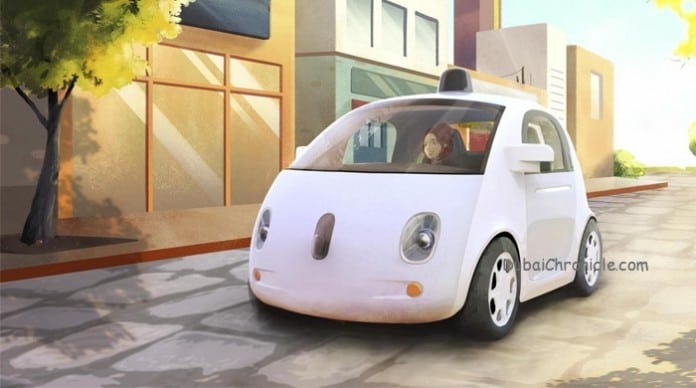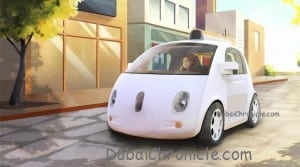
 Driverless cars or automated vehicles is one of the most widely discussed topics by the media lately. More and more companies are announcing that they are working on an automated car. From Ford and Nissan to Jaguar and Cadillac – all of the established automotive industry players are planning to launch a driverless car in a few years. Even technology companies are exploring the opportunities. Google already introduced a prototype of self-driving vehicle. Nokia, on the other hand, has joined forces with Mercedes-Benz for the purposes of creating an automated car. More recently, media reports suggest that Apple will produce its own driverless vehicle by 2020.
Driverless cars or automated vehicles is one of the most widely discussed topics by the media lately. More and more companies are announcing that they are working on an automated car. From Ford and Nissan to Jaguar and Cadillac – all of the established automotive industry players are planning to launch a driverless car in a few years. Even technology companies are exploring the opportunities. Google already introduced a prototype of self-driving vehicle. Nokia, on the other hand, has joined forces with Mercedes-Benz for the purposes of creating an automated car. More recently, media reports suggest that Apple will produce its own driverless vehicle by 2020.
But while much has been said and written about the development of automated cars, little has been explained. The focus of the driverless car discussion seem to fall on the companies’ ambitions to get a share of this future market and not on the vehicles themselves. To expand your knowledge on this topic, we have put together a few facts about self-driving vehicles that you might not know.
2020s – The Decade of the Driverless Car
Top hop in autonomous vehicle, we will have to wait at least half a decade. Most companies that have started developing and testing driverless cars aim to release them in 2020 at the earliest. Nissan, for instance, promises to bright an affordable self-driving vehicle on the mass market by that time. Others, like Jaguar and Ford, prefer to take more time to perfect their prototypes and will launch their autonomous cars in the mid 2020s.
More Expensive than Regular Vehicles
Unfortunately, driverless cars will be pricier than the vehicles we drive today. Today, their production costs $70,000 to $100,000 more than that of a regular car. The autonomous vehicles are stuffed with tech innovations and are equipped with all kinds of sensors. Still, by the time they actually arrive on the market, it is predicted that their additional cost may fall to $3,000 – $5,000.
Self-Driving Cars Do Not Work Everywhere
Right now, automated vehicles have very limited capabilities and cannot drive everywhere or under all conditions. Today’s prototypes can only work when the weather is good. Also, they cannot park garages without human intervention. Hopefully, these problems will be fixed by the time driverless vehicles are released.
Human Error Not Eliminated
The notion that driverless cars eliminate human error is both true and false. These vehicle can indeed successfully eliminate driving errors caused by lack of attention, drinking, texting and etc. However, there may still be human errors in the design and the programming of self-driving vehicles.
Driverless Cars Will Require New Traffic Laws
Self-driving cars will certainly create the need for updating and writing new traffic laws. These changes will also affect long-established traffic rules. To avoid any chaos, the new laws will take years to perfect.
Still Ungoverned
Automated cars continue to be a free element. There is no international organization or agency that deals exclusively with them. That means that there are hardly any standards, rules and regulations when it comes to these vehicles. If this does not change soon, it may hinder the process of updating traffic laws.
Will Not Eliminate Traffic Jams
Traffic congestions are here to stay. Even autonomous cars will not be able to save us from them. Self-driving vehicles have reduced stop-and-go times and can travel closer to the vehicle in front of them, which could reduce traffic congestion. Nevertheless, they will also enable people who cannot drive to get on the road. That will increase the number of vehicles on the streets, which will still lead to traffic jams.
Higher Energy-Efficiency
Regular cars are made of steel, which is a very heavy metal. As a result, these vehicles offer better crash protection, yet little energy-efficiency. Driverless cars, on the other hand, will more at slower speeds and will be covered in sensors aiming to avoid any accidents. That will enables automakers to use lighter and more energy-efficient materials in their construction.




































